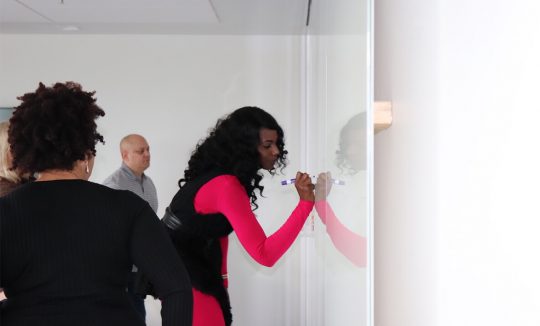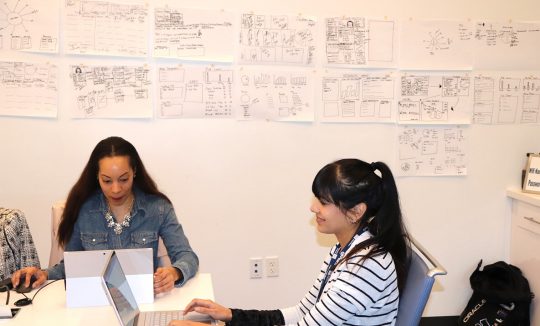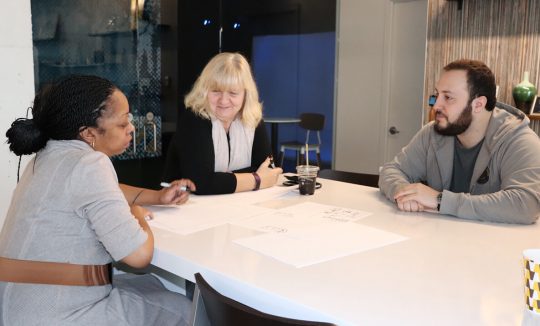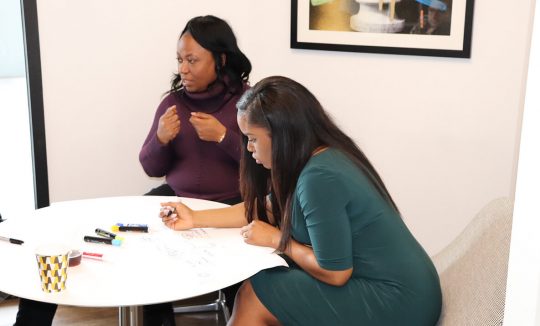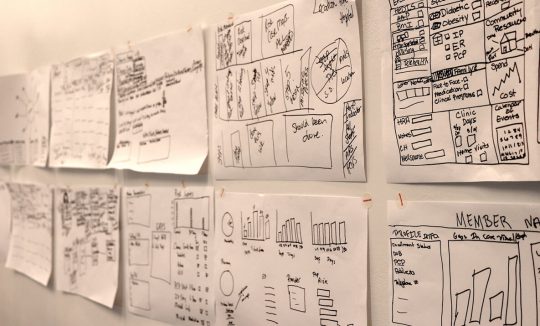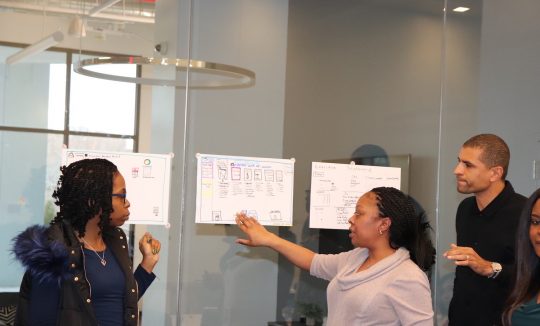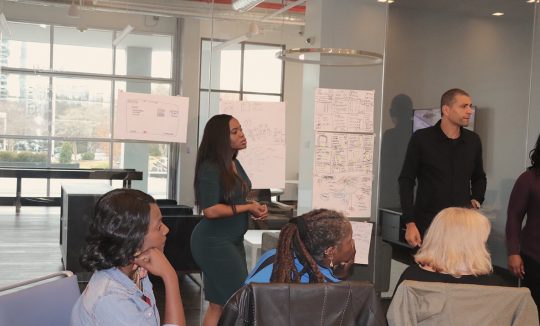Intro to Design Sprints
Launching a new digital product is an exciting time for any company. The team is energized about an idea and is eager to take a product to market that will meet a significant customer need. But many businesses hit a roadblock when they begin to take the first actionable steps toward launching: what features should the product’s first version include? What should the product look like? Should we go mobile first? What data should we collect? These questions paralyze teams, costing precious time and money. 10Pearls’ Design Sprint eliminates the stumbling blocks and navigates your journey – from new product discovery to product launch. At the end of the session, your team will clearly understand your product, its interface, and the must-have features.
WHAT ARE DESIGN SPRINTS?
Design Sprints, also known as Design Sessions, may seem like a fancy buzzword for a brainstorming session, but it is much more nuanced. It goes beyond gathering a bunch of UX creatives in a conference room and waiting for magic; Design Sprint brings together stakeholders from across the organization into a structured workshop that follows a proven process:
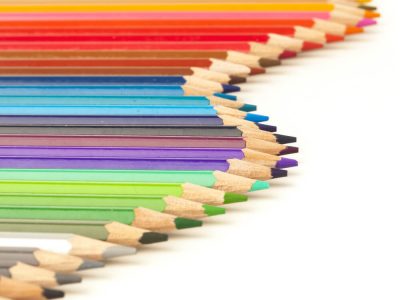
- Illuminate – Participants are assigned a problem/case study and necessary guidelines.
- Sketch – Participants quickly think through and draft solutions to the problem within a quick time frame.
- Pitch – Participants present their initial designs.
- Critique – Participants provide constructive criticism to determine a solution’s potential pain point and inspire further idea generation.
- Iterate – Repeat the last three steps with slight changes in approach (larger teams, smaller teams, different pairings, etc.).
A Design Sprint allows participants to focus on a single problem and visualize multiple solutions. The workshop should be conducted in a highly interactive, fast-paced team setting – hectic, noisy, and fun.
GOALS OF DESIGN SPRINT
Overall, Design Sprint’s objective is to aggregate as many ideas as possible, but each will have specific goals based on the business case. Here are some possibilities:
- Clearly understand a customer problem and some of the potential solutions
- Promote ideas from new perspectives
- Turn ideas and assumptions into actionable designs
- Produce an assortment of ideas quickly
- Build consensus around a specific solution
- Identify various stakeholder needs
- Prioritize product features according to customer need
- Develop a roadmap for modernizing an existing application or product
NEW PRODUCT DISCOVERY
The beginning stages of product development can be ambiguous. Teams know they want to build something but need a clear vision of the final product. Product discovery helps provide clarity and alignment in those early phases.
During design sprints, we answer the following critical questions:
- Who is the target user?
- What problems does the product solve?
- What are the core features and functionality?
- What is the MVP to test market demand?
Our structured design sprint leverages actionable creative thinking methodologies to capture ideas, define scope, map user flows, wireframe key pages, identify technical complexities, and align on the next steps.
When Design Sessions are appropriately executed, it allows for a free flow of diverse ideas while operating within a lean workflow. Check out our product development and customer experience pages to learn how 10Pearls approaches UX and CX.
